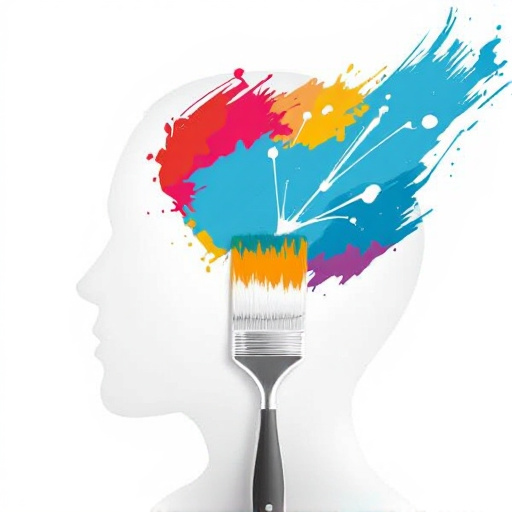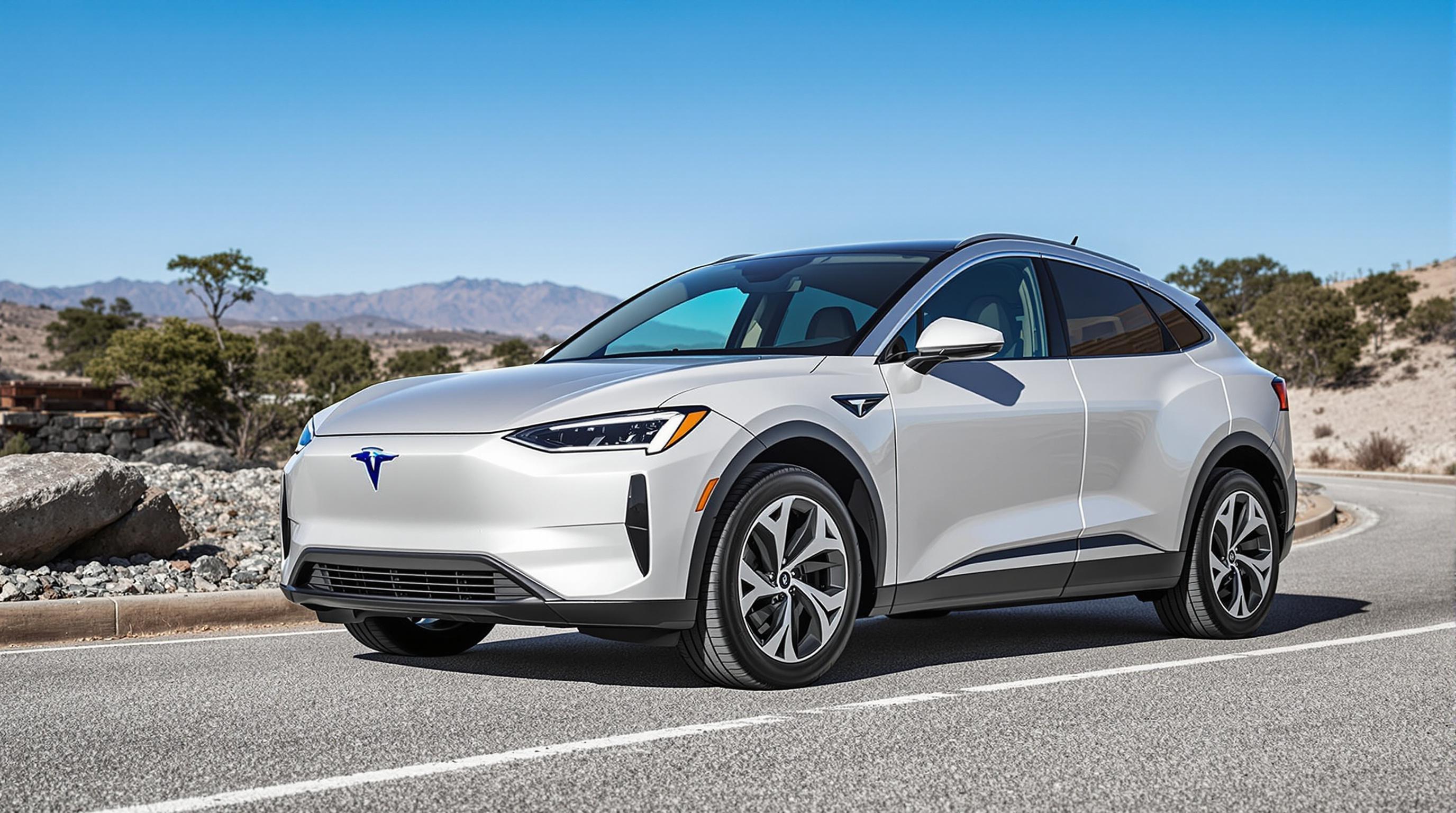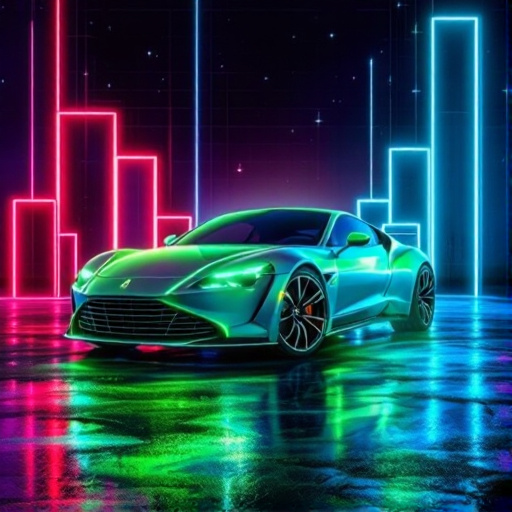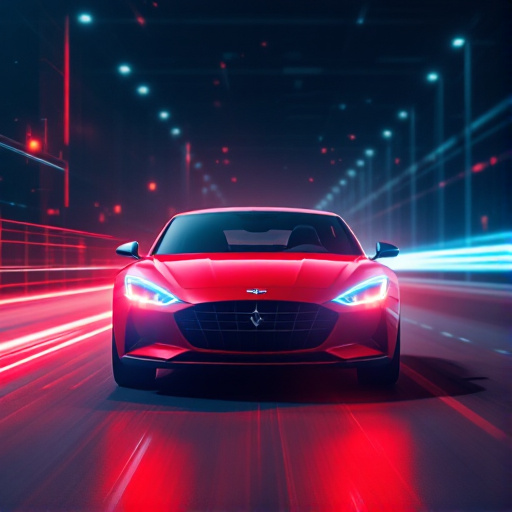Related Articles
- Unveiling the Unthinkable: How Your Social Media Posts Could Impact Your Car Insurance Premiums
- "From Showroom to Social Media: How Dealerships are Becoming Digital Storytellers in 2023"
- "From Showroom to Stream: The Rise of Virtual Reality Test Drives at Dealerships"
- Revving Up Sales: How Virtual Reality is Transforming the Dealership Experience for Shoppers and Sellers Alike
- Selling Experiences: How Dealerships Can Transform into Immersive Automotive Entertainment Hubs
- The Surprising Impact of Your Credit Card Habits on Car Financing: What You Didn't Know!
The Psychology of Paint: How Car Color Choices Influence Buyer Decisions and Resale Value
The Psychology of Paint: How Car Color Choices Influence Buyer Decisions and Resale Value
The color of your car can significantly impact your buying decisions and resale value, influenced by psychological factors and market trends. This article explores the psychology behind car color choices and how these choices affect consumer behavior, using statistics and examples to illustrate the trends.
Understanding Color Psychology
Color psychology delves into how colors influence our emotions and behaviors. Car manufacturers tap into this psychological understanding, knowing that a simple color change can sway a buyer's decision. According to research by the University of Amsterdam, colors can evoke certain feelings; for example, red may inspire excitement, while blue can invoke a sense of trust.
Trendy Colors: The Shifting Tides
Picture this: It’s 2010, and the roads are awash in shades of silver and gray. Fast forward to 2023, where vibrant colors like blue and green are making a comeback in the automotive landscape. Trends can shift dramatically, often influenced by cultural movements, technology, and even celebrity endorsements. According to a survey conducted by PPG, a major supplier in the automotive coatings industry, the demand for blue hues in vehicles increased by 10% within just two years—illustrating how trends can alter the market on its head.
The Science Behind Resale Value
Now, let's break it down to dollars and cents: darker or more neutral colors, such as black, gray, and white, typically command higher resale values. According to Kelley Blue Book’s 2022 studies, vehicles in these colors retain an average 5% to 10% more of their original value than their brightly colored counterparts. The assumption is that these colors attract a broader audience, making them more desirable when it comes time to sell.
Car Color and Identity
Ever wonder why some folks paint their cars in loud yellows or electric blues? For many, a car is an extension of their identity. “My car is me!” says Gary, a 35-year-old graphic designer, explaining that his canary yellow hatchback reflects his vibrant personality. This personal touch can greatly influence a buyer’s propensity to pay extra for a unique color. In a survey by CarMax, 38% of buyers admitted that color was the most important factor when choosing a car, highlighting its potential as a decisive criterion.
Demographics and Their Color Preferences
Race and age influence color choices as well. A survey from Dupont suggests that Gen Z buyers tend to lean towards bold hues like green and yellow, while Baby Boomers favor classic colors such as navy and silver. This indicates that age-related trends play a significant role; what might be popular today could shift away from the cohort that favors conservative or timeless aesthetics.
The Role of Environment in Color Selection
Another curious angle is how the geographical location shapes color preferences. In sunny locales like Florida, pastel shades might reign supreme, while in regions with inclement weather, darker, more practical colors often dominate. One real estate study found that homeowners often choose outside paint colors based on their surrounding environment, and the same goes for vehicles. Consumers tend to select colors that reflect their geographical identity, tapping into community standards and the desire to fit in.
Cultural Influence on Car Colors
Culture also wraps its arms around your car’s color coding. In China, for instance, red is a popular choice as it symbolizes good fortune and joy, whereas in Western countries, black often showcases elegance and sophistication. Studies reveal that car manufacturers localize their color palettes to meet regional preferences—it's part of a buying strategy rooted deeply in cultural resonance. This hallowed practice speaks to the psychological underpinnings that guide consumer behavior on a global scale.
Warranty and Performance: The Color Detour
Interestingly, a car's color can even coincide with its performance warranties. For example, certain high-performance brands often incorporate avant-garde colors to align with their sporty reputation. The color selection not only attracts buyers but also enhances the perceived performance of the vehicle, with bright colors often associated with heightened speed. This quirky perception contributes to resale values, as buyers may correlate color with performance traits in their decision-making processes.
Funny Stories from the Trenches
In a light-hearted twist, there's the classic tale of my buddy Ted, who desperately wanted a flashy red sports car to impress at his high school reunion. He ended up settling for a stunning “Mango Tango” orange version instead. Surprisingly, Ted got more attention for the color than anyone with a traditional red sports car, illustrating how sometimes, unique colors can surpass conventional expectations. A color can indeed be a conversation starter—sometimes full of humor and joy in the most unexpected ways!
Making an Informed Decision
If you're in the market to buy a car, it pays to consider how color impacts not just your immediate happiness but also your wallet down the line. Suppose you envision yourself in a striking purple coupe. In that case, you might want to think twice as traditionally safe colors like black, white, and silver often fare better in resale situations. For buyers prioritizing long-term investment, knowing the resale potential can provide a crucial edge.
The Personal Preference Factor
Yet, there's a fine line between sound financial advice and personal choice. It’s essential to choose a hue that makes you happy, as you’ll be the one driving it daily. So, even if hot pink vehicles might not fare well economically, they deliver unquantifiable joy to their owners. After all, what's a few extra bucks if your car brings a smile to your daily commute?
The Lasting Impression
Car dealerships have long grasped the significance of color choice. They often employ a spectrum of colors when showcasing vehicles to evoke emotional connections. A study by the automotive analysis firm Edmunds found that a car's initial color can affect how long it stays in the inventory. Cars in more conventional colors often sell faster and can result in fewer days on the lot, making color choice not just emotional but commercially beneficial as well.
Conclusion: The Intersection of Psychology and Economics
In the end, car color psychology intertwines intricate emotional threads with hard economic data, influencing decisions from the showroom to resale lots. As you make your next car choice, weigh the implications of color—not just for an aesthetic allure but because it resonates with personal identity, cultural nuances, and financial foresight.
In a world where trends fade as quickly as the sunset, it pays to understand the psychology behind that vibrant shade you may (or may not) choose for your car. Make an informed decision, and let that color speak volumes about who you are and how much you value your investment.





